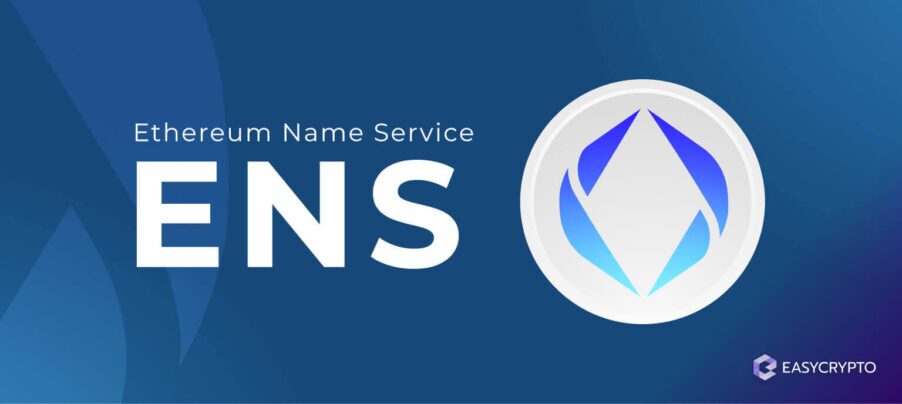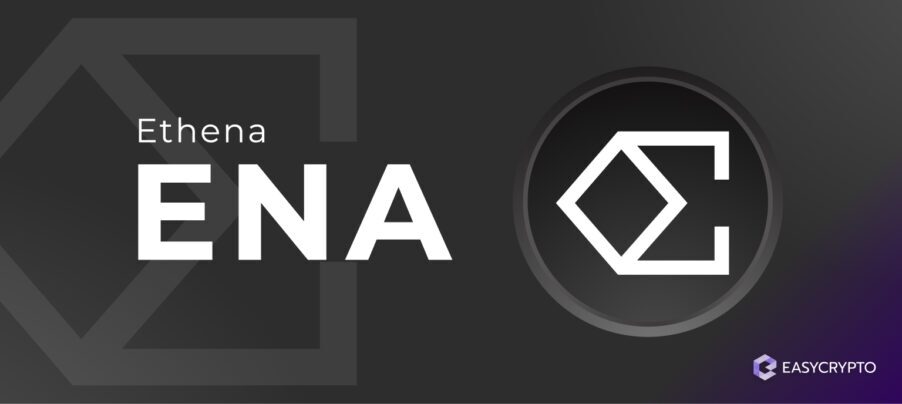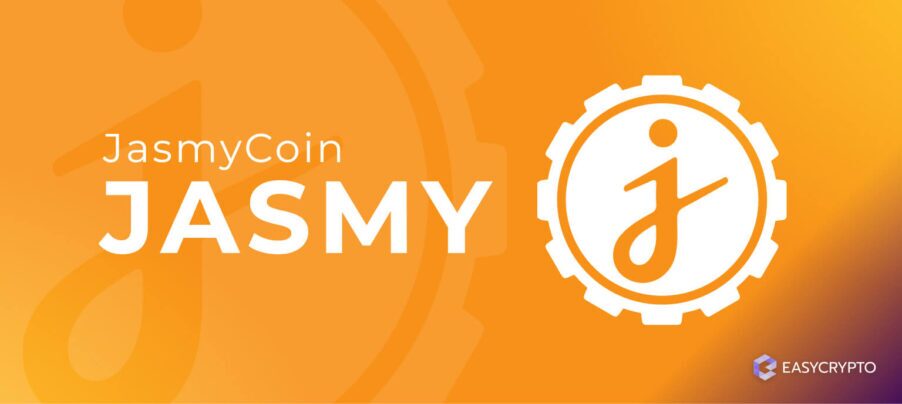What is Ontology (ONT)? The Blockchain for Businesses Explained
What is Ontology (ONT) and why it is a good blockchain for businesses? This is Easy Crypto’s guide to altcoins, feel free to learn here!


Most of the popular blockchain networks are public networks. In theory, by having open-source software and transparent processes, users and developers can form strong business relationships with one another in a trustless environment.
However, data privacy is one of the main concerns for many businesses operating in the digital world. As such, public blockchains are less likely to be adopted by businesses that prioritise privacy features.
Addressing the issue, the China-based blockchain company OnChain created a network of interoperable blockchains called Ontology in 2017.
Takeaways:
- With Ontology, companies can easily create their own private blockchain network, while enjoying the freedom to govern how the network develops, reaches consensus, and so on.
- Given that all blockchains developed through Ontology are interoperable, in a sense, companies are connected with one another. They could easily transact value and data among each other while maintaining their proprietary data and IT governance.
New to crypto? Start here with our 101 guide.
What is Ontology (ONT) cryptocurrency?
Like any other blockchains, the ONT coin is the main unit of account in the Ontology network. Of course, private blockchains can also issue their own tokens. However, it will be beneficial to hold ONT to operate effectively in the network — as you will soon learn.
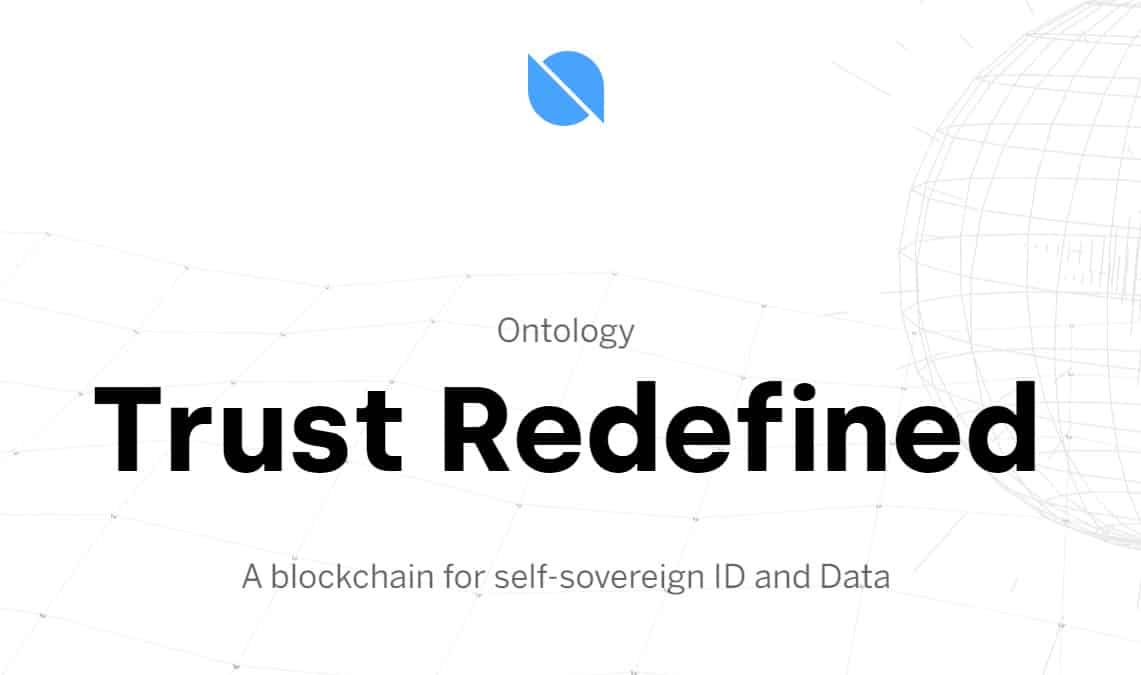
ONT does not only act as a store of value, but is also used for decentralised governance, to propose improvements on the network, or to vote on proposals themselves.
Another function of ONT is for staking. If you’re not familiar with this concept yet, you can learn about this in a later section.
Still curious? Read more about Proof of Stake and staking.
Issuance and supply of ONT coin
ONT coin was issued initially as an NEP-5 token on the Neo blockchain. The Neo blockchain is an entirely different blockchain, although it was also developed by the same parent company OnChain.
Due to the ICO ban in China in 2017, and in an attempt to comply with the law, OnChain airdropped the NEP-5 token to any NEO holder (the native cryptocurrency of Neo blockchain). The token was even rewarded to users who signed up to a mailing list.
Learn more: Beginners Guide to Crypto Airdrops
After 1 billion ONT tokens have been issued, no more was distributed. In 2018, when the Ontology main network was released, a smart contract was available for public use in order to swap NEP-5 ONT tokens with the native cryptocurrency ONT.
ONT and ONG: two tokens, one network
Ontology blockchain has a unique gas token called ONG (Ontology Gas). Unlike ONT, the ONG gas token’s only function is to pay for transaction and computation fees. For example, if a company wants to transact with an end-user through a smart contract, ONG must be used as “fuel” to activate and execute the programme.
Unlike ONT coins, the gas token is “burnt” or destroyed in every transaction. However, its supply is replenished by rewarding people who stake (or “lock-up”) ONT coins inside a special wallet address.
You can think of each ONT coin as 1 billionth of a share in the entire network, and that each ONT coin staked can produce ONG tokens daily (like dividends of a stock) at a variable rate.
Learn more: VeChain (VET), another dual-token blockchain.
Why should businesses use Ontology?
You might be wondering, if OnChain has already created Neo (which is known by the crypto community as “China’s Ethereum”), why would the company cannibalize the network by inventing Ontology?
Earlier, we highlighted the main problem of purely public blockchains, such as Ethereum and Neo. Some businesses want to have a proprietary blockchain with custom rules and limitations.
Although Neo was designed to comply with the strict crypto regulations of the Chinese government, the generalist blockchain isn’t enough to entice some businesses to adopt it.
Neo and Ontology actually complement one another, as businesses that are interested in taking advantage of blockchain technology can choose Ontology’s flexibility over Neo’s more extensive decentralised network.
Regardless, companies will receive the following benefits:
- Smart contract technology, which can automate transactions and increase business efficiency.
- Self-sovereign digital IDs such as one supplied by ONT ID, which can provide proof of user authenticity without asking them to share sensitive information — one example application is health and insurance.
- Assets can be tokenized, or represented by a token on the Ontology blockchain using the Decentralised Data Exchange Framework (DDXF) to protect the integrity and value of the real world asset, even in digital form — more about this below.
Also read: What are Smart Contracts? – A Complete Beginner’s Guide.
How does the Ontology blockchain work?
Blockchain is a data structure, similar to an account book or ledger, that gets updated in a decentralised way. This means, within the network, a random node (think of it like a book-keeper) is chosen to update the account (i.e. to create a new block).
All decentralised networks must have a way to agree on which node will create the next block. The goal is to reach consensus, and Ontology creates network consensus through a protocol called Proof of Stake.
These nodes can exist anywhere around the world. They are also not necessarily associated with OnChain or even Ontology’s development team. Hence, this makes the network decentralised and resistant to network attacks by malevolent parties.

In Proof of Stake, both network nodes and individuals who delegate or vouch for a node, must stake or deposit ONT coins into a smart contract address. The network will pick a node at random, although greater probability is allocated to those who put more ONT coins at stake.
In any case, Proof of Stake is a much faster protocol compared to Bitcoin’s Proof of Work protocol. Transactions on Ontology can be finalised within 15 seconds, as opposed to Bitcoin’s 10 minutes confirmation time.
As mentioned before, staking ONT coins can earn stakers rewards in ONG. According to Ontcalc, the current staking reward is around 15% (annualised percentage yield). Staking 100 ONT coins, at today’s rate, will generate 15.8 ONG tokens (if converted to USD, the rate is around 17%)
Related: Here is a similar network of interoperable blockchains called Cosmos (ATOM).
What does Ontology offer to businesses?
To meet the ever-expanding needs of enterprises, Ontology offers a variety of services. The primary ones are listed below.
ONTO wallet
Ontology’s very own wallet supports tokenized asset management and identity management. Apart from that, ONTO can be used to access easy staking, given that staking is such a pivotal feature of the entire Ontology network.
The ONTO wallet also supports assets from other blockchains, such as Neo and Ethereum. Users can also access decentralised applications that are built on Ontology as well as Neo blockchains.
ONT ID
The flagship service of the Ontology network is the ONT ID, a platform to set up a private, secure, and versatile self-sovereign digital identity (SSID).
Although the idea is not unique to Ontology, SSID is strongly implemented on Neo as well as Ontology in order to firmly implant their blockchain application within regulatory frameworks.
However, this doesn’t mean that the full identity of users will be known. Think of having an SSID as having a cryptographic signature that only you can create. Unlike traditional signatures, cryptographic signatures cannot be forged, and still provide a strong proof of authenticity.
The most useful scenario that relies on SSID is in the health industry. Personal medical records are one of the most sensitive pieces of information in existence, which can influence how businesses and even society treat us.
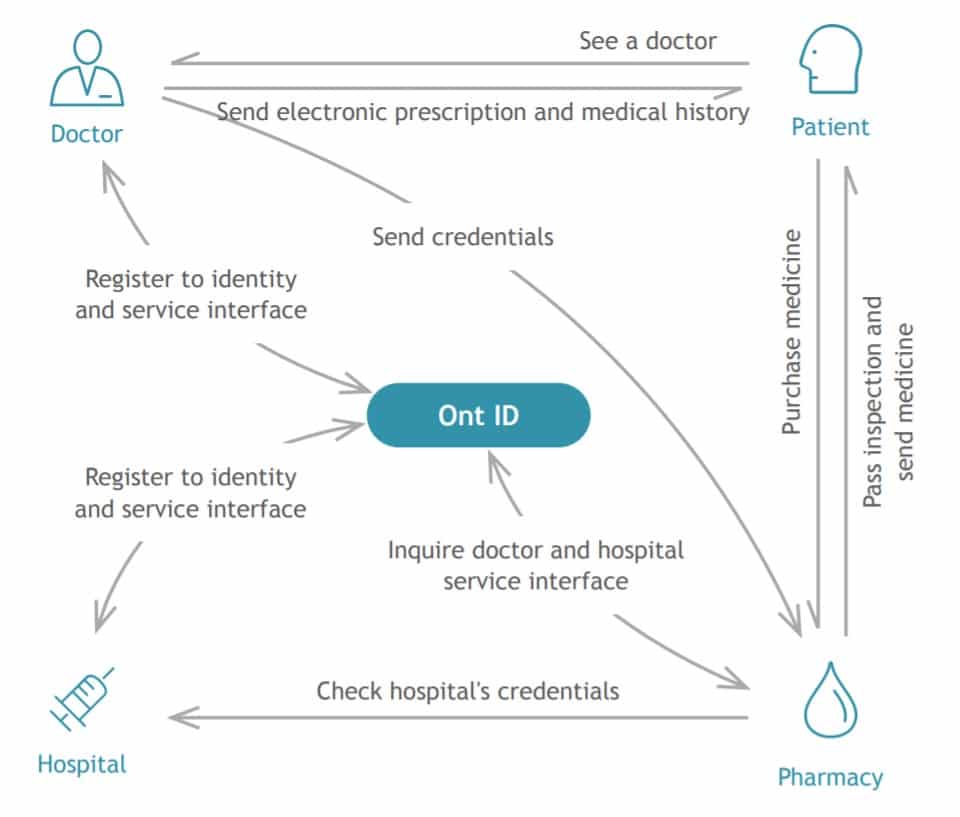
With SSID, digital health records can only be accessed by the person who owns them. For example, a pharmacy will only know that a patient (they don’t know who, exactly) needs certain types of medication.
A patient can retrieve the medication without needing to share all other details (such as the name, address, or full medical history).
The digital signature is sufficient to let the system know that they are dealing with the right patient.
Ontology DDXF
Decentralised data exchange framework (DDXF) is a software infrastructure that enables users to represent the ownership of real-world assets, from equities to copyrighted materials, on the Ontology blockchain.
This is useful not only to protect consumers from falsified assets (e.g. pirated software or fake certificate of ownership), but also to maintain their integrity.
Tokenization of real-world assets makes them immutable to change except by the owners of the assets themselves. When copies of ownership proof are replicated across a large network, it’s impossible to tamper.
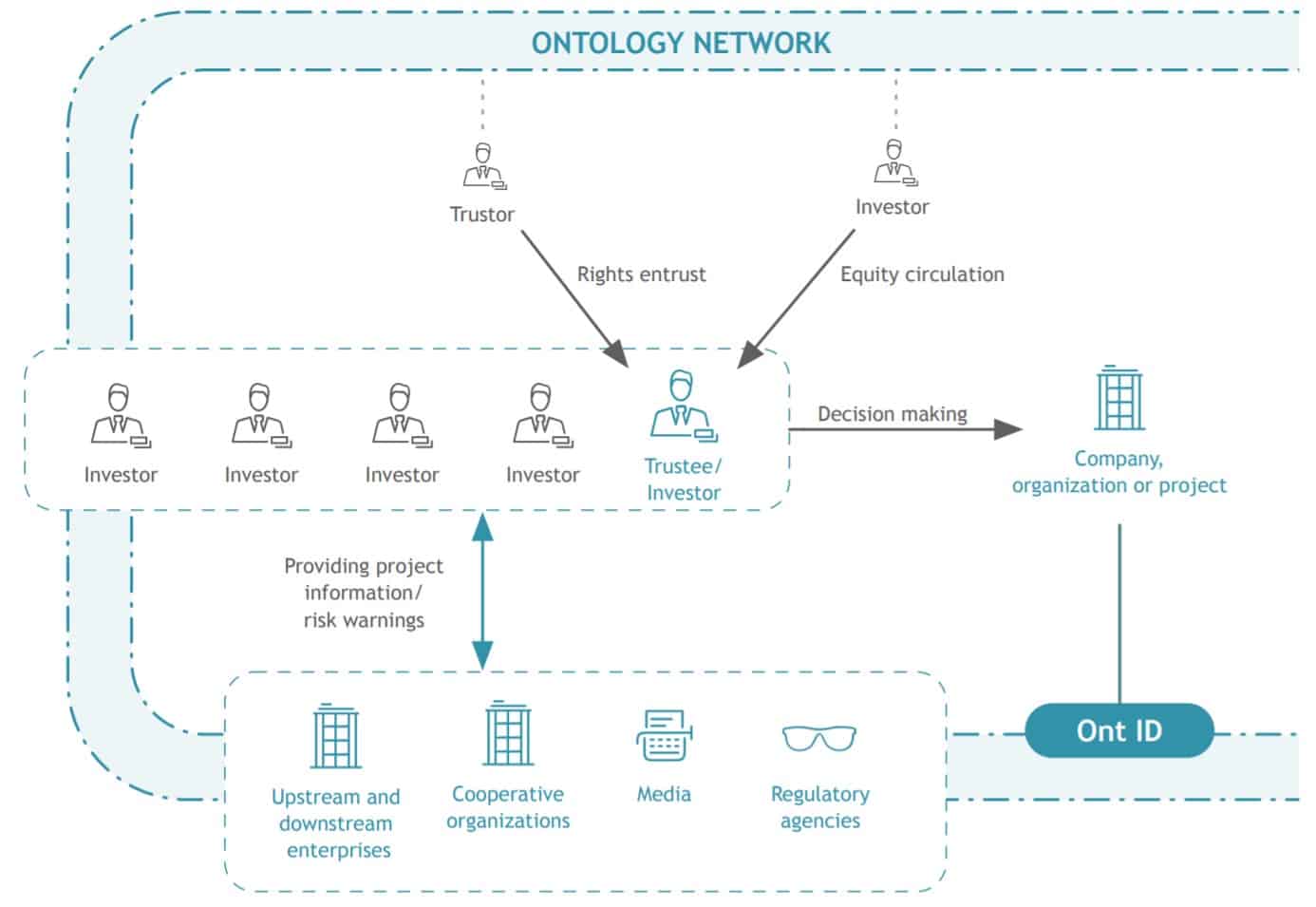
How relevant is Ontology (ONT) in the future?
Ontology applies blockchain technology in a practical way that makes it easy for businesses to adopt it. It is compliant with China’s regulations on crypto technology, which is one of the most stringent ones in the world. This is great news for businesses that are either in China or foreign companies wanting to invest in the Chinese economy.

Without sacrificing decentralisation, Ontology successfully introduced a flexible way to create private blockchains that are compliant.
While smart contracts continue to replace our need for a trusted third-party, in the meantime, Ontology may set an example framework that balances the wildly opposing worlds, between the crypto space and the government.
How to Buy Ontology (ONT)?
What are your own thoughts on the future of Ontology?
It’s safe to say that blockchain technology will continute to gradually integrate into the foreseeable future. The technology and innovations in development at Ontology will surely play a pivotal role.
If you’re feeling bullish on Ontology, consider investing in the ONT tokens in your crypto portfolio. Keep in mind that as with any investment, it’s essential to conduct thorough research before diving into the world of cryptocurrencies.
Easy Crypto is a non-custodial crypto exchange that offers over 160+ crypto assets for you to choose form, including Ontology (ONT).

Invest in Ontology: Buy ONT with Easy Crypto.
Ontology (ONT) is just one of over 160+ cryptocurrencies that we provide here at Easy Crypto. Our collection of crypto assets include:
- Stablecoins
- NFT Tokens
- Metaverse Tokens
- DEX (Decentralised Exchanges)
- DeFi (Decentralised Finance)
- And many more.
Follow our video guide below on how to buy cryptocurrencies with Easy Crypto!
Read more on our learning hub to deepen your knowledge about cryptocurrencies with our library of crypto topics!
Share to
Stay curious and informed
Your info will be handled according to our Privacy Policy.
Make sure to follow our Twitter, Instagram, and YouTube channel to stay up-to-date with Easy Crypto!
Also, don’t forget to subscribe to our monthly newsletter to have the latest crypto insights, news, and updates delivered to our inbox.
Disclaimer: Information is current as at the date of publication. This is general information only and is not intended to be advice. Crypto is volatile, carries risk and the value can go up and down. Past performance is not an indicator of future returns. Please do your own research.
Last updated October 10, 2024



